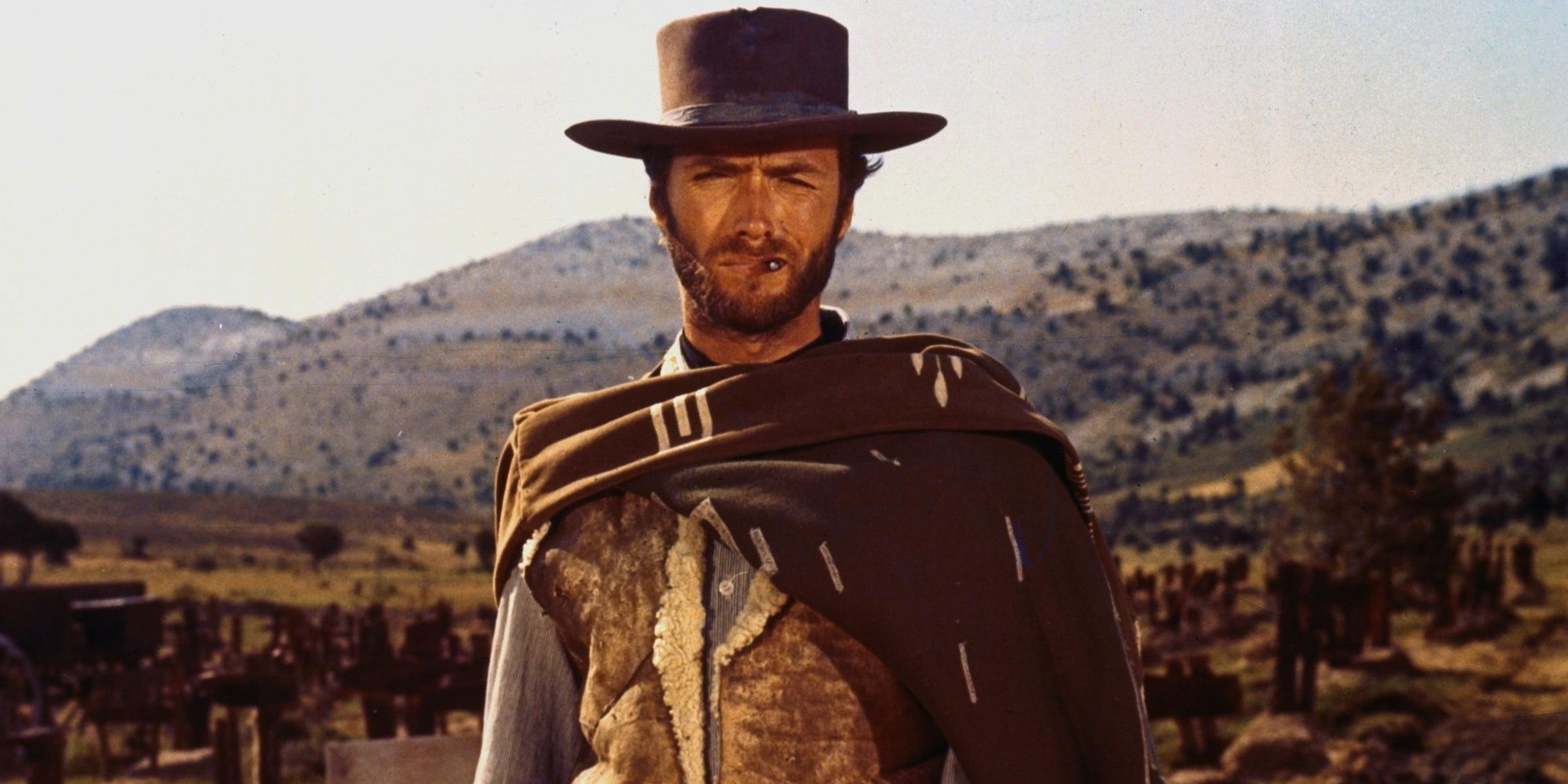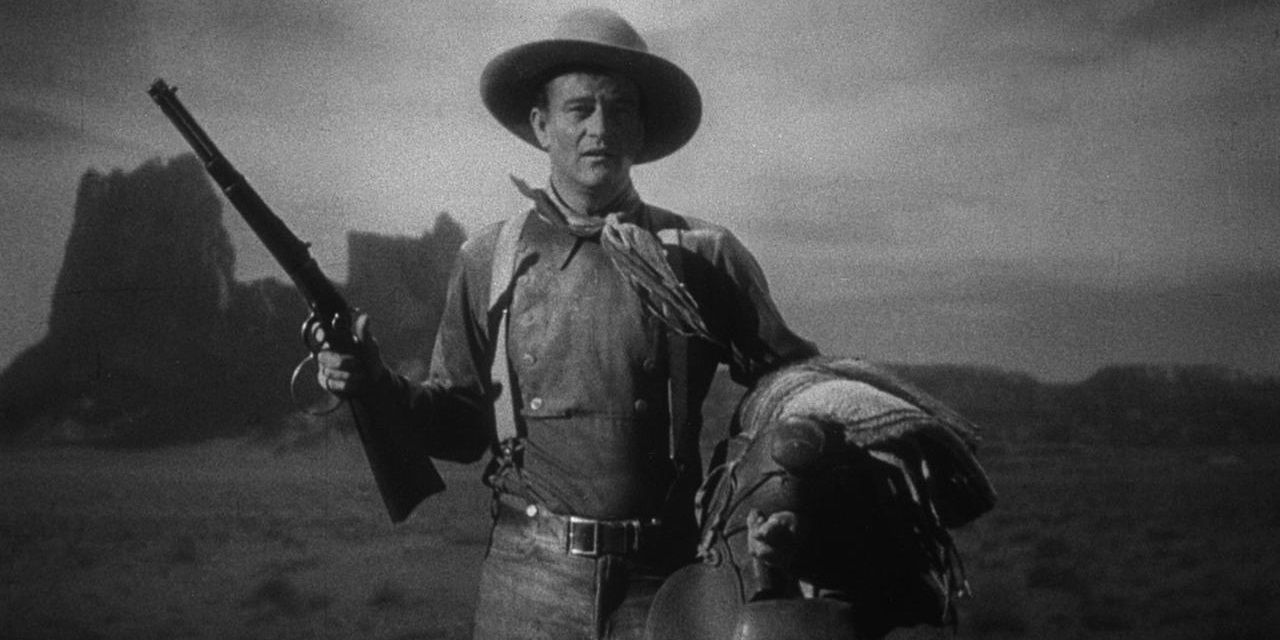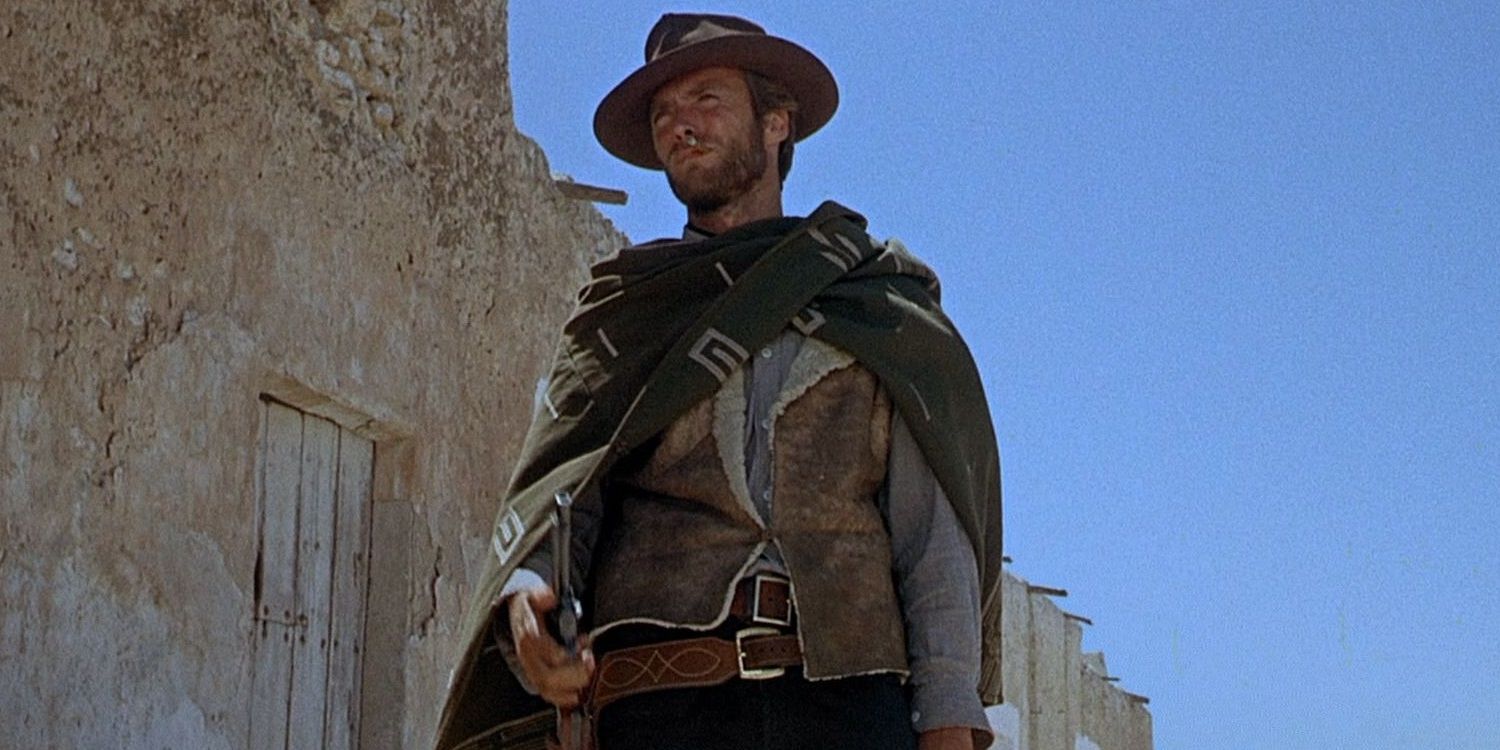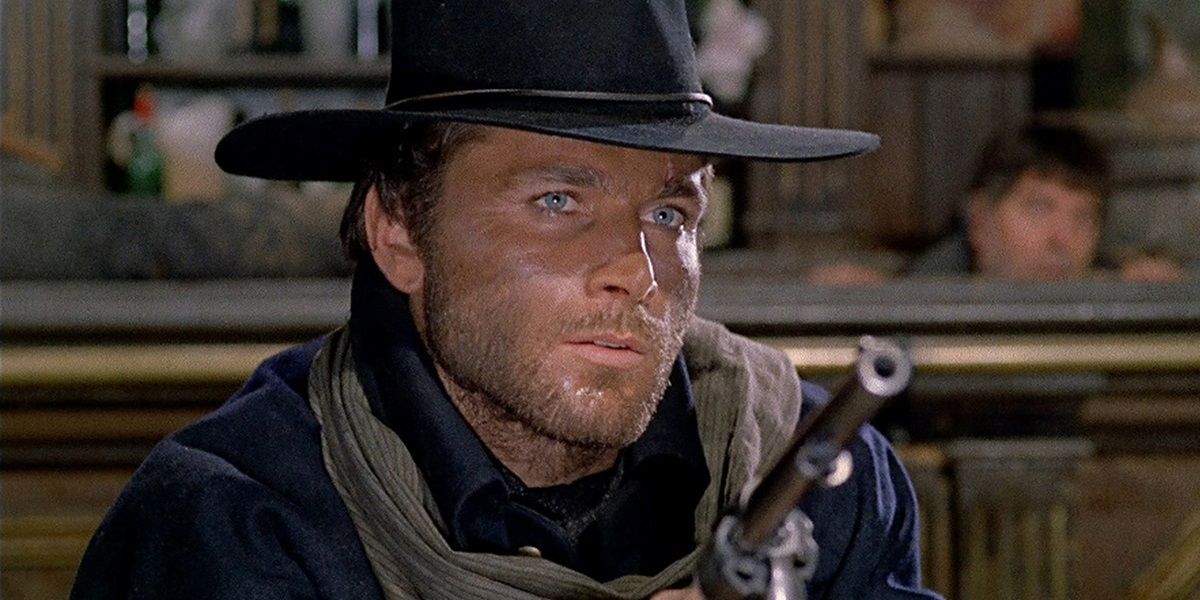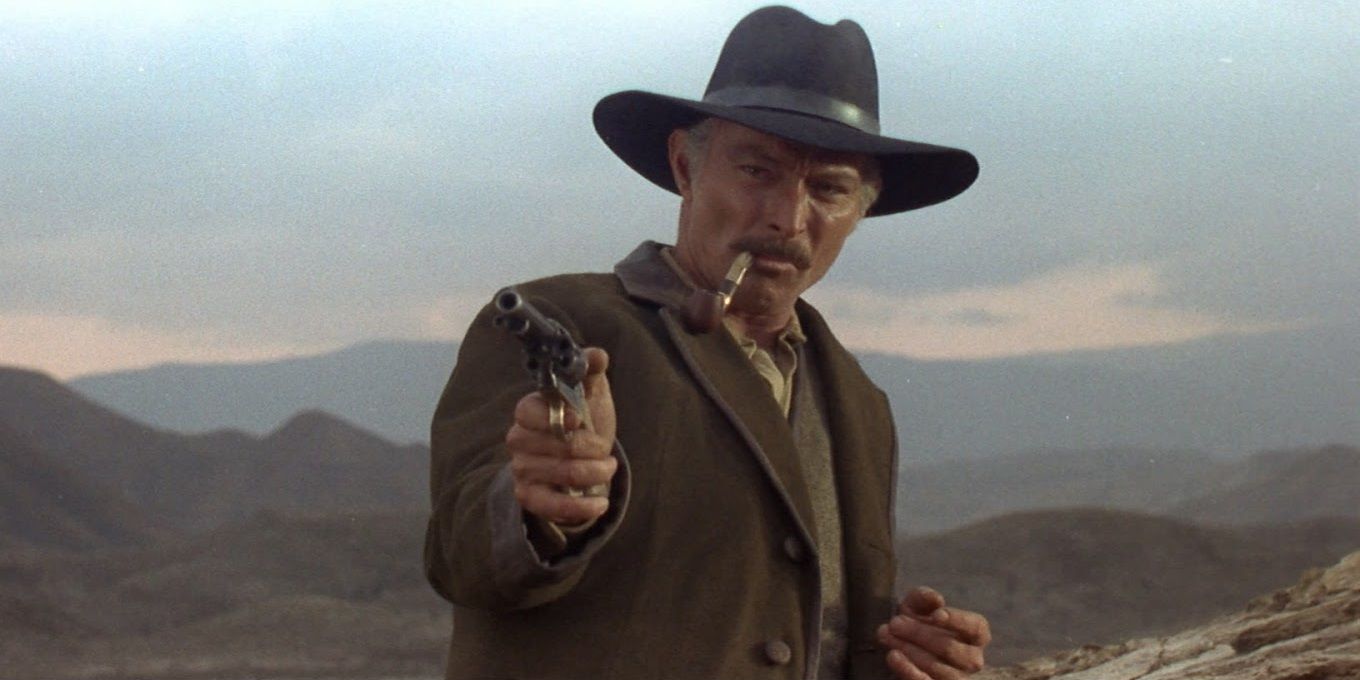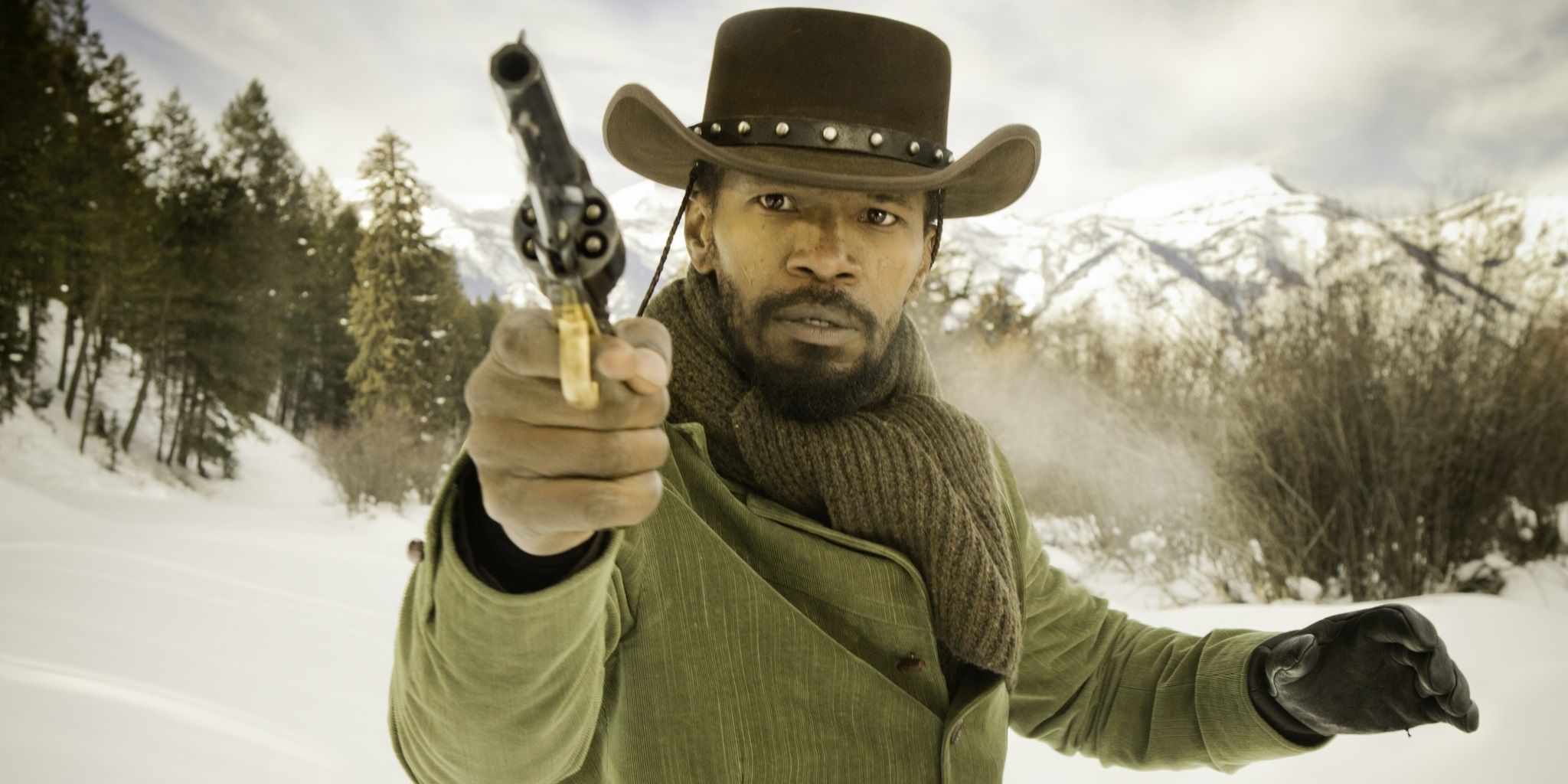The western genre is one of the oldest and most beloved staples of Hollywood cinema. Its tropes are so well-worn that filmmakers have gotten creative in defining unique subgenres within the familiar western framework. Neo-westerns like No Country for Old Men have transferred the genre’s conventions into a modern setting; meat pie westerns like The Proposition have applied the western myths to the Australian Outback; and acid westerns like El Topo brought the psychedelic counterculture of the 1960s into the western canon.
One of the most timeless takes on the western is the spaghetti western. Since any movie with more fake blood than is strictly necessary is compared to a spaghetti western these days, the subgenre’s definition has gotten a little fuzzy. In the literal sense, a spaghetti western is a western made by an Italian filmmaker. But the subgenre has always been marked by its bleaker, rougher, bloodier vision of the West and its focus on revenge stories.
The earliest westerns painted a very black-and-white picture of the Old West. The lawmen were presented as righteous, incorruptible heroes; the villains never managed to evade justice; and the frontier was filled with courageous gunslingers keeping the peace. Traditional westerns like John Ford’s Stagecoach and Howard Hawks’ Red River established the clear-cut morals that would go on to define the genre (and were also the first thing to go when filmmakers began deconstructing it).
Hawks directed Rio Bravo as a response to High Noon, in which a cowardly marshal runs around town looking for help as a duel with a nefarious gunfighter fast approaches. The director teamed up with John Wayne (who called High Noon “the most un-American thing I’ve ever seen in my whole life”) to retell the story with a sheriff who bravely sits around and waits for his prisoner’s gang to show up. Wayne later challenged his own image as a noble hero with the roles of Ethan Edwards in The Searchers and Rooster Cogburn in True Grit, both grizzled antiheroes who don’t get a standard happy ending. But even the most challenging westerns of this era, like Shane, still continued to peddle the whitewashed myths of the West.
The cracks in those myths began to show when Italian visionaries like Sergio Leone and Sergio Corbucci got their hands on them. The first-ever spaghetti western was Leone’s 1964 masterpiece A Fistful of Dollars. It’s a reimagining of Akira Kurosawa’s Yojimbo in which a lone gunslinger – the iconic Man with No Name, played by Clint Eastwood – drifts into a town terrorized by two warring gangs and pits them against one another. Eastwood reprised his role in For a Few Dollars More and The Good, the Bad, and the Ugly, rounding out one of the most perfect trilogies in cinema history.
While A Fistful of Dollars arrived as a cultural phenomenon that redefined the western, the spaghetti western wasn’t solidified as a hot new subgenre until Corbucci directed 1966’s Django. Like A Fistful of Dollars, Django is a remake of Yojimbo about a drifter pitting two gangs against each other. What made it stand out was the titular bounty hunter, played by Franco Nero, who mysteriously drags a coffin around the frontier as he plots his revenge against the sadistic warlord who murdered the love of his life. The Django character proved to be so popular that his name and characterization were stolen by a bunch of directors for unofficial sequels.
After A Fistful of Dollars and Django opened up the floodgates, Italian cinemas were filled with gritty, blood-drenched westerns: Death Rides a Horse, Day of Anger, The Great Silence. While The Good, the Bad, and the Ugly is a wildly entertaining ride, the pinnacle of the spaghetti western is arguably a different Leone-helmed masterpiece, 1968’s Once Upon a Time in the West. Although he later returned to the genre for Duck, You Sucker!, Leone intended to retire from directing westerns with Once Upon a Time in the West, so he crammed in just about everything he had to say about the West. Leone and his co-writers binge-watched all their favorite westerns and then stitched together a script constructed from all the greatest moments, darkly twisted to suit Leone’s grand, operatic vision of the Old West.
As outsiders looking in, European directors didn’t feel obligated to sentimentalize U.S. history. Major Jackson, the main villain in Django, is a viciously racist ex-Confederate officer whose henchman cuts off an innocent man’s ear and forces him to eat it. Navajo Joe, also helmed by Corbucci (and a major influence on Django Unchained), follows the lone survivor of a Native American tribe who brutally picks off the white oppressors who slaughtered his people one by one.
A lot of the greatest genre movies throughout history have been foreign interpretations of classic Hollywood genres. Jean-Luc Godard and Jean-Pierre Melville offered a groovy Parisian alternative to traditional Bogart-style American noirs with their French New Wave crime thrillers like Breathless and Le Cercle Rouge.
Just as Godard and Melville helped to evolve the crime film beyond its roots, Leone and Corbucci opened up the western genre to grimmer takes on the lore. The brutal violence and uncompromisingly dark storytelling of spaghetti westerns offered a refreshing counterpoint to the standard Hollywood fare, which was quickly growing stale.
And thanks to Quentin Tarantino’s homage-driven filmmaking style, these genres have since come back to America. Reservoir Dogs was heavily inspired by Melville’s Le Doulos, Pulp Fiction is essentially a spaghetti western set in contemporary Los Angeles, and Django Unchained brings the blood-soaked revisionism of Corbucci’s movies to the time of American slavery (and even borrows the name of Corbucci’s most iconic character).
The western genre’s mythmaking wouldn’t be truly deconstructed until Sam Peckinpah and Robert Altman pioneered the anti-western with revisionist gems like The Wild Bunch and McCabe & Mrs. Miller. The McCabe character in the latter movie is introduced as a notorious gunfighter, but the finale reveals him to be a deceitful coward lying about his reputation as he flees from the climactic duel with the bounty hunters sent to kill him and instead tries to sneak up behind them and shoot them all in the back. Mel Brooks also did his part to hammer the final nails into the western’s coffin by ridiculing its outdated tropes in Blazing Saddles.
The revisionist western reached its peak with 1992’s Unforgiven, Clint Eastwood’s final western that also would’ve been a fitting swansong for the whole genre. But the journey toward introducing darker, grittier, more historically accurate visions into the well-worn western genre began with spaghetti westerns.

